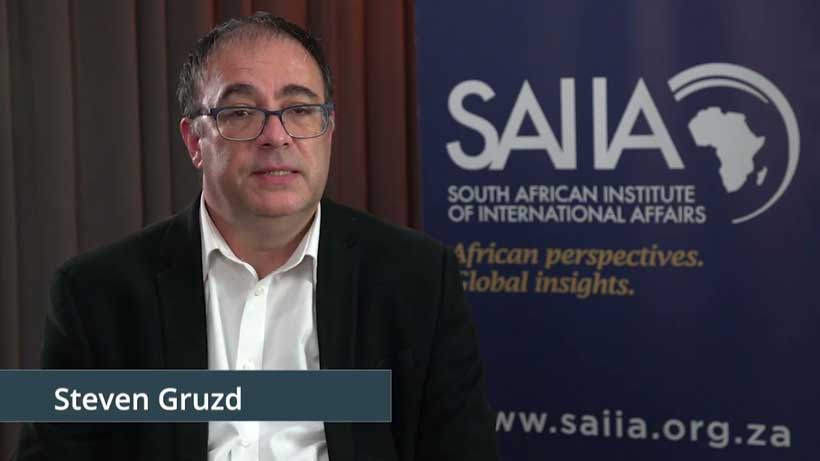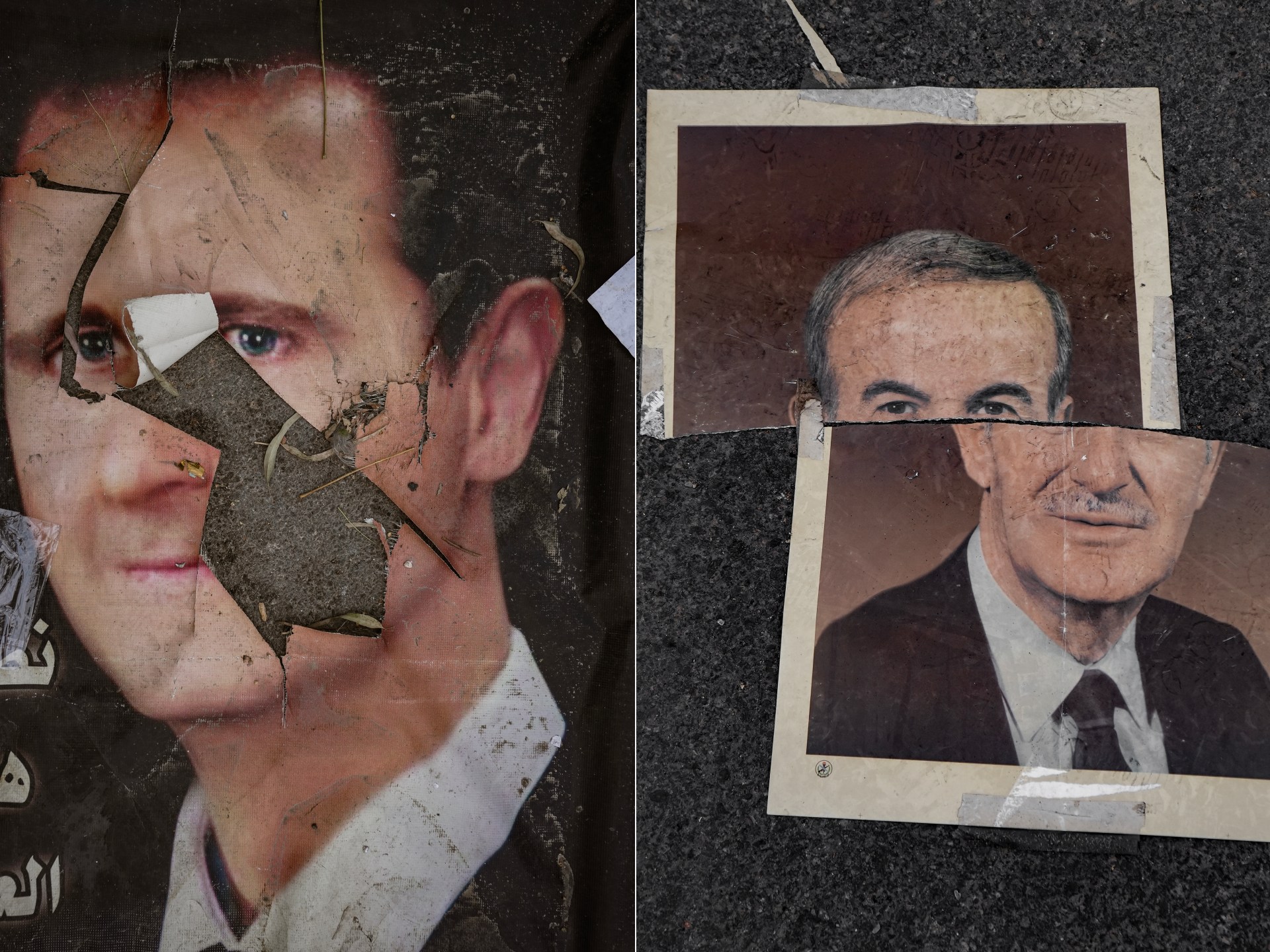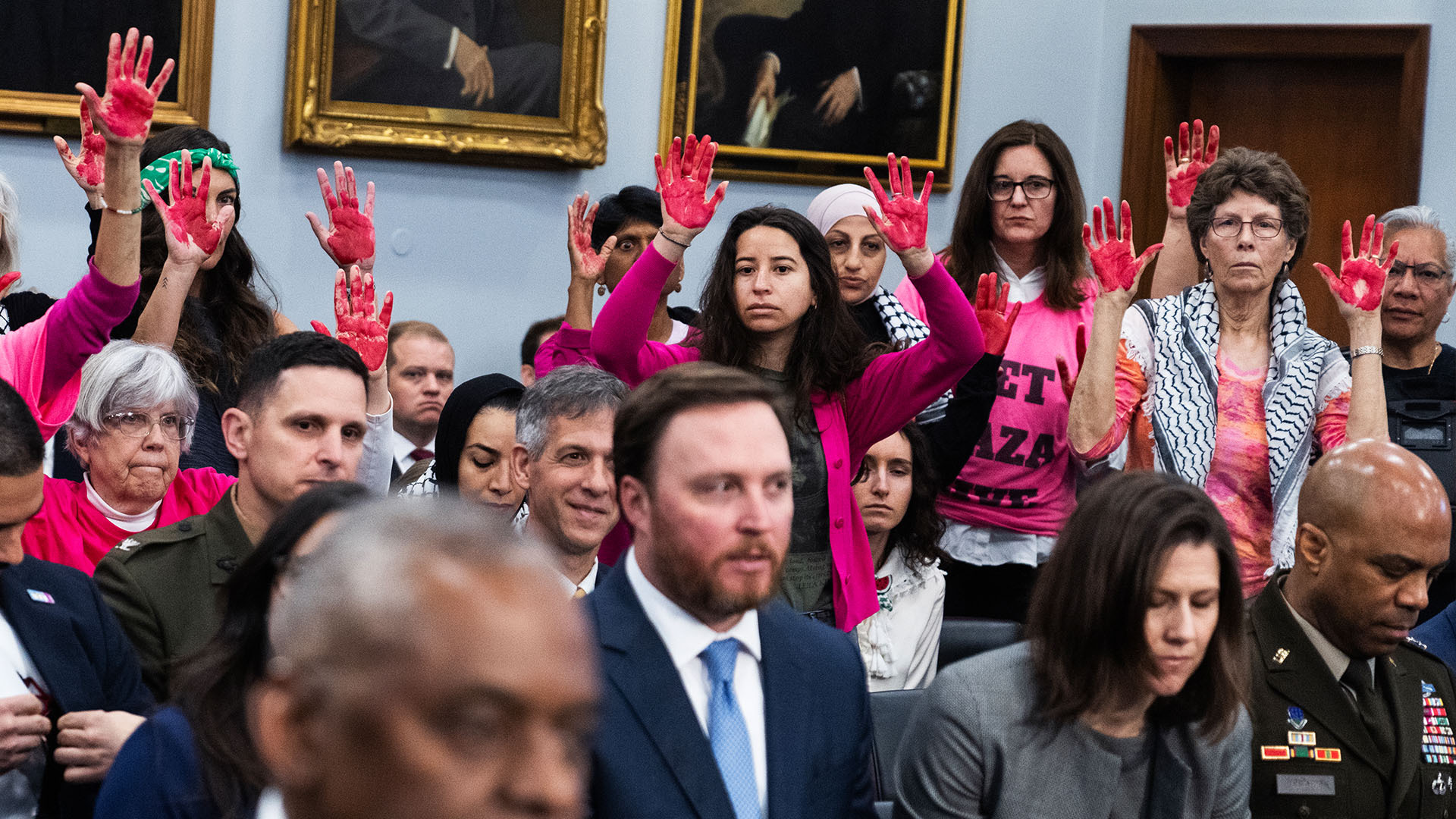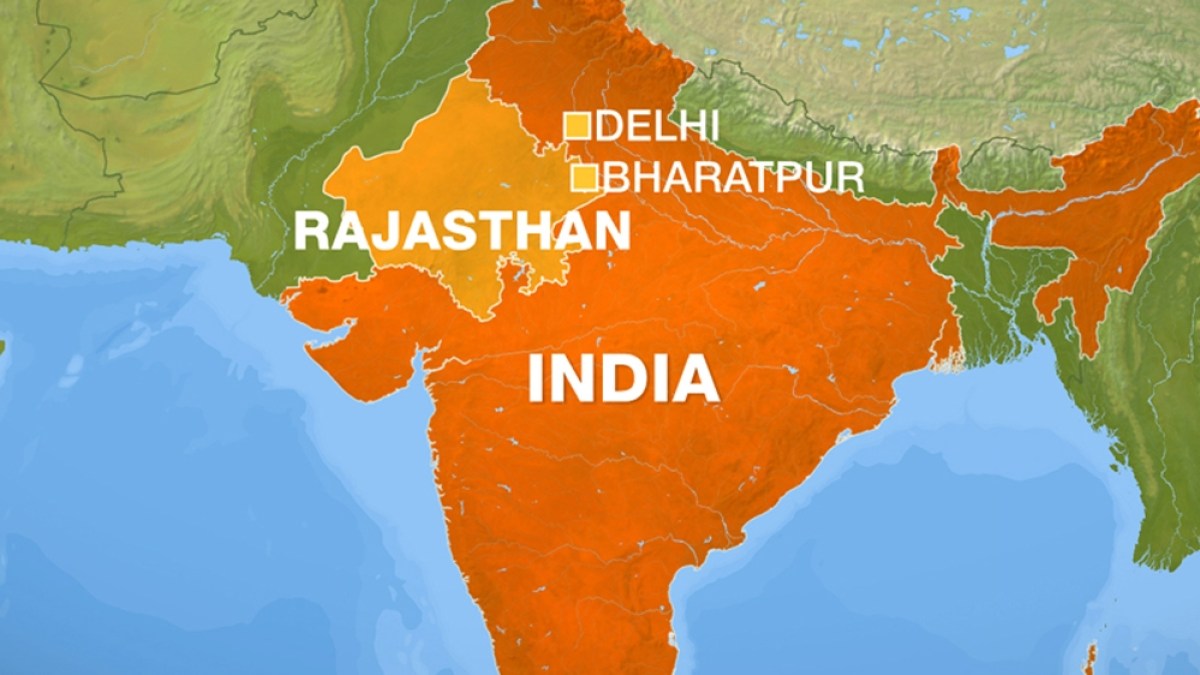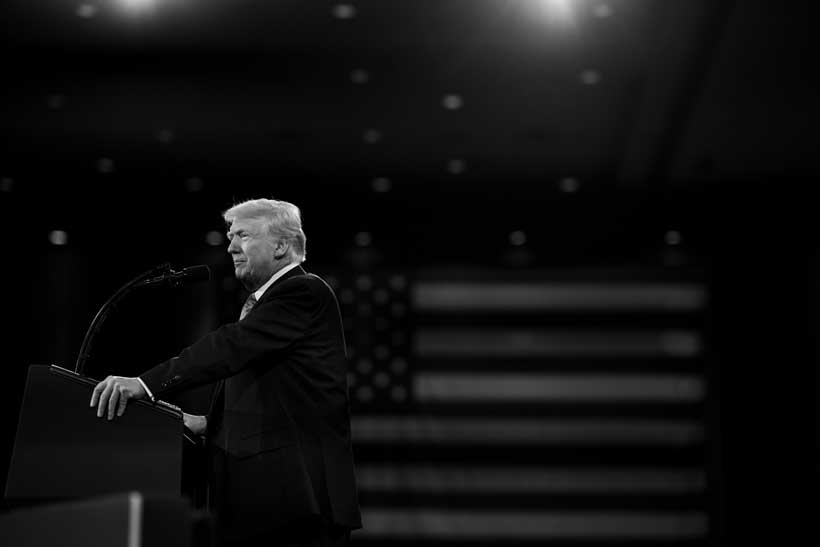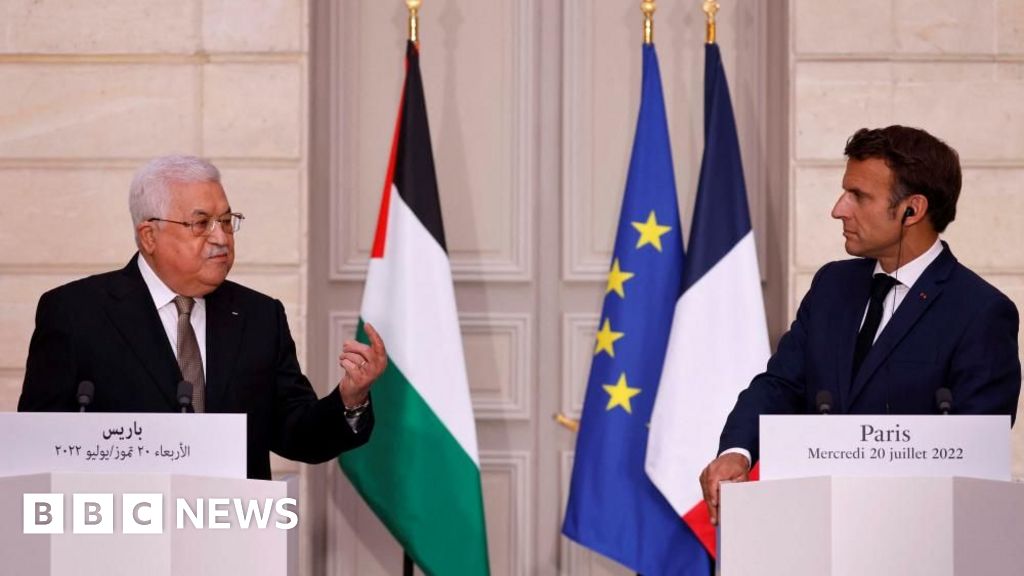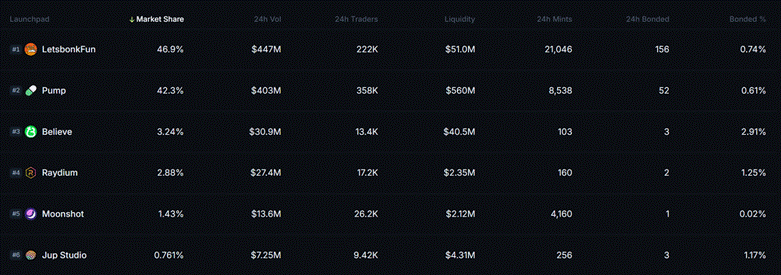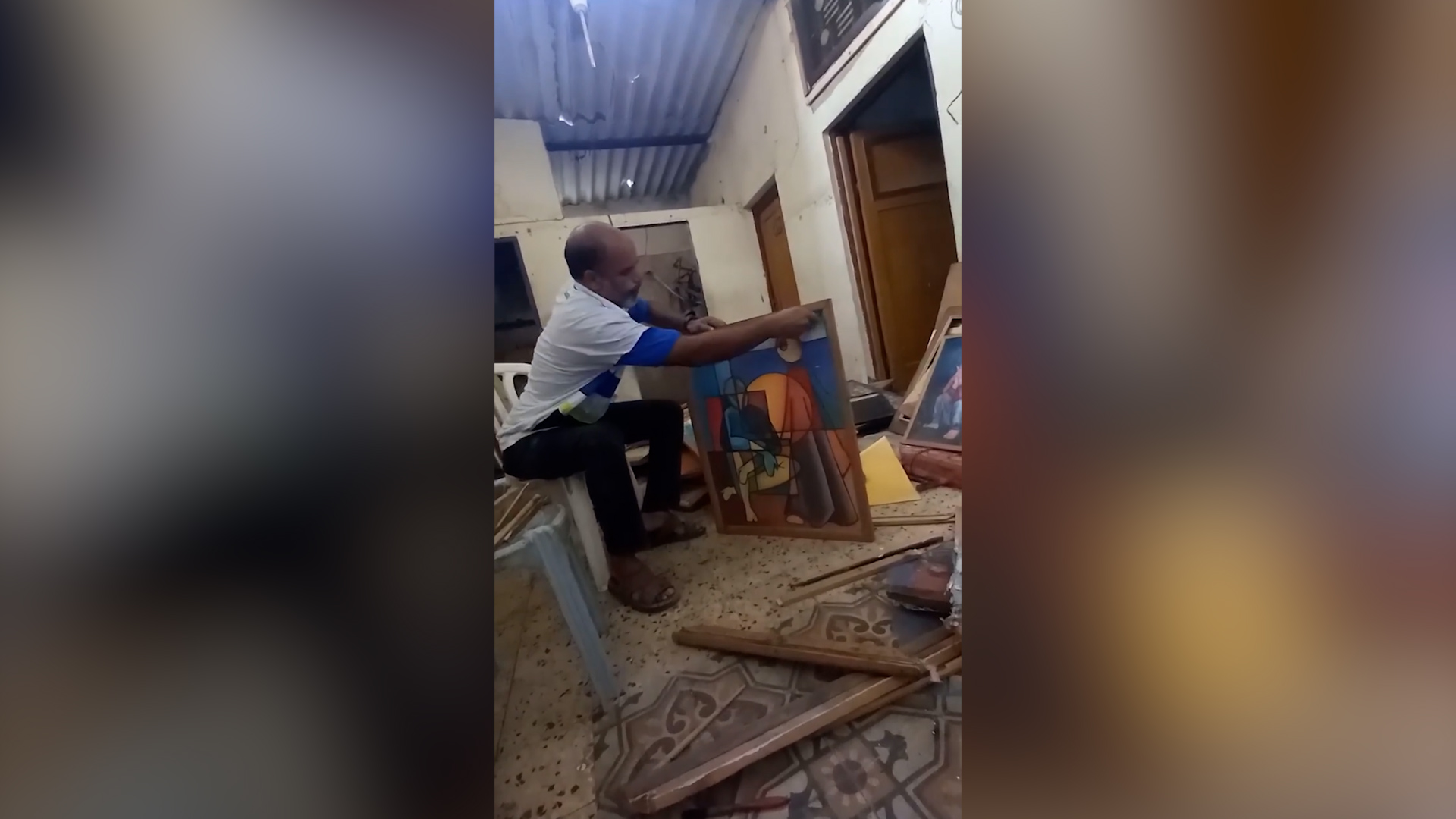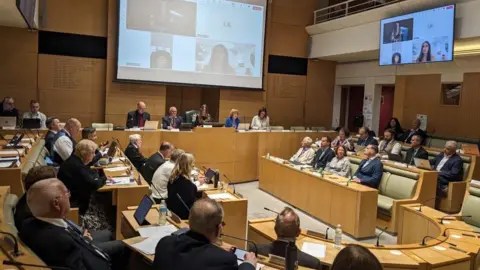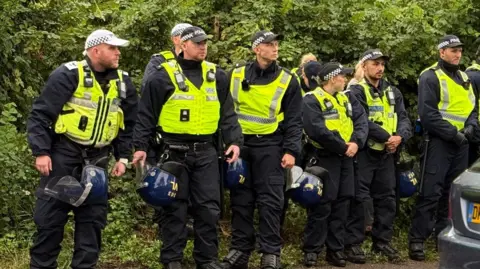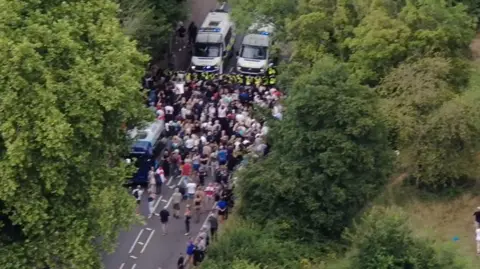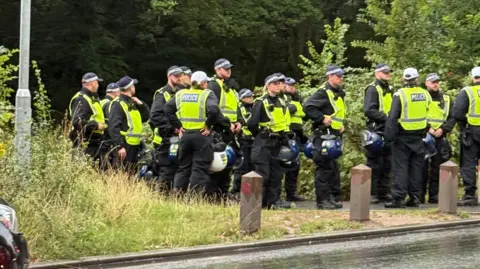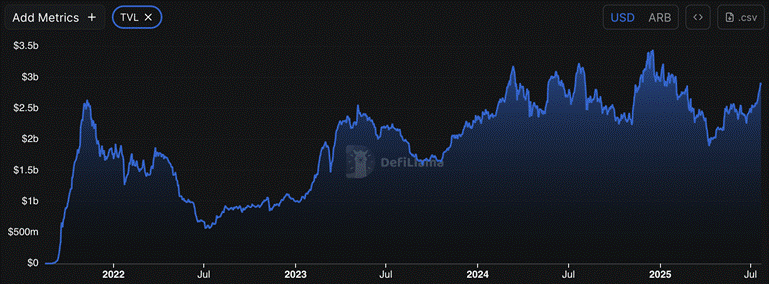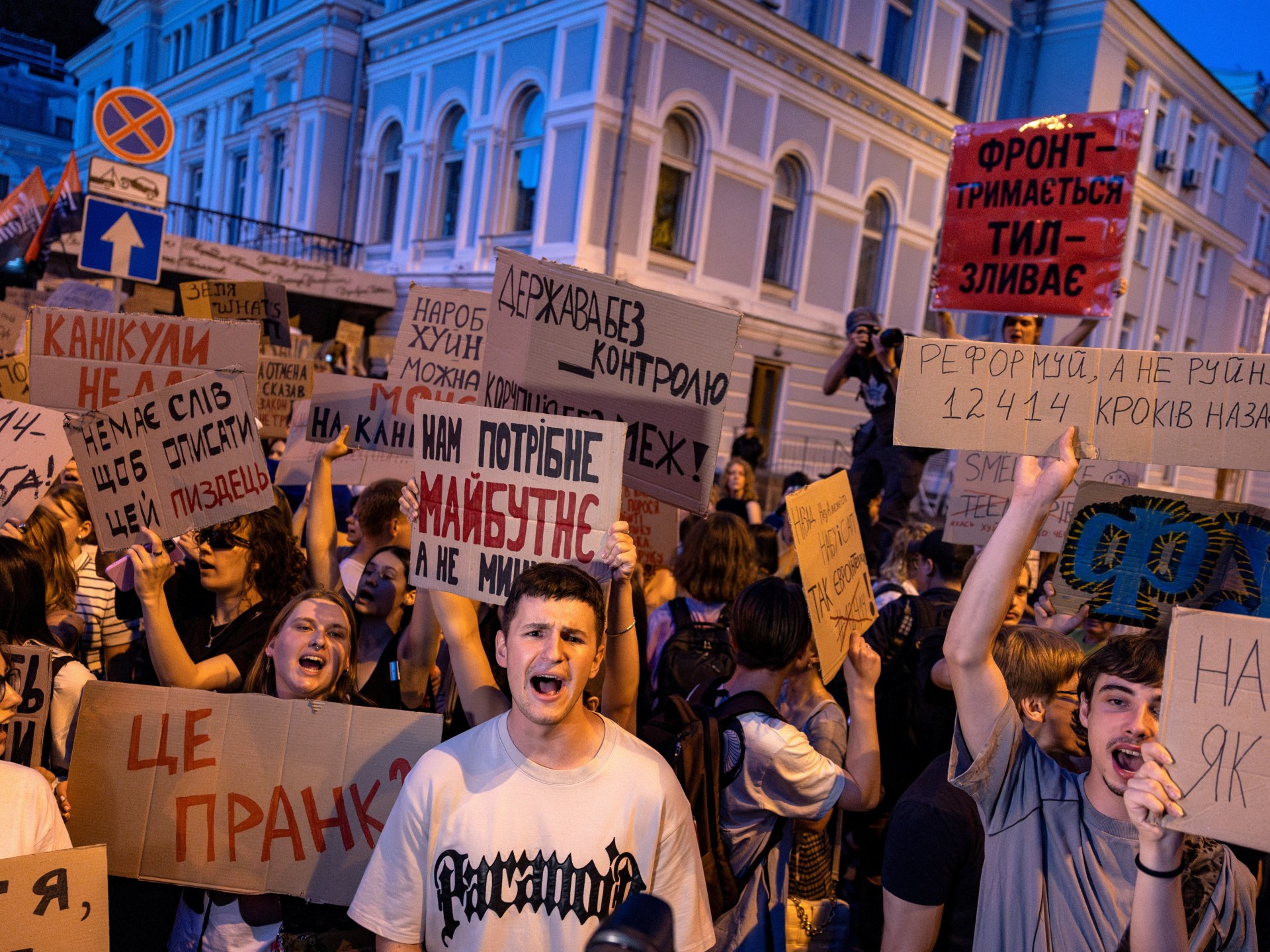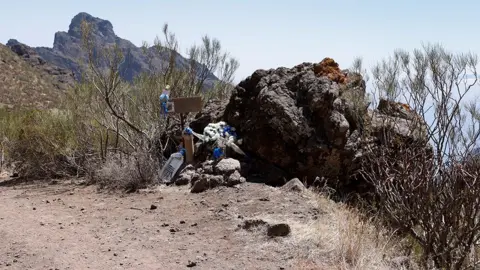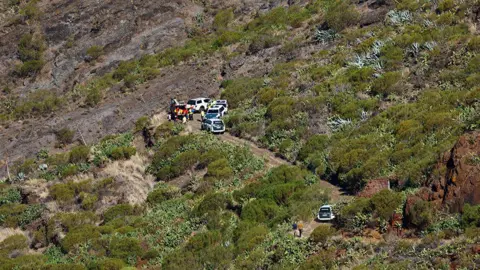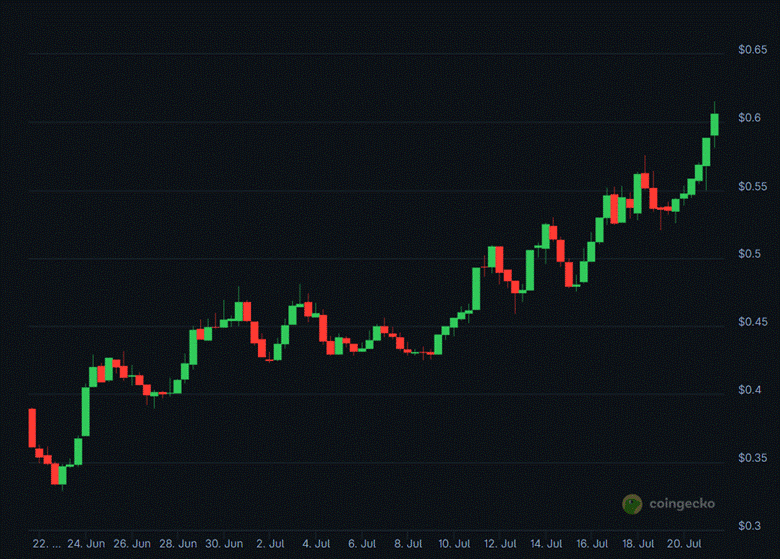Russia and South Africa: Strategic Friendship or Geopolitical Gamble?
The Valdai Discussion Club, in partnership with the South African Institute of International Affairs (SAIIA), will hold the 3rd Russian-African conference titled “Realpolitik in a Divided World: Rethinking Russia-South Africa Ties in a Global and African Context” in late July 2025. The primary goal of the conference is to form and expand communities of African and Russian experts interested in cooperation, the confidential discussion of the most pressing international issues, and the preparation of recommendations for practical foreign policy work.
It is no coincidence that South Africa has been chosen as the venue for the Valdai’s conference. In 2025, South Africa chairs the G20 summit. In preparation for the upcoming late July conference, Steven Gruzd, Head of the African Governance and Diplomacy Programme and the Africa-Russia Project at the South African Institute of International Affairs (SAIIA), offers an insight into the current Russia-South Africa relations, the United States trade issues with Africa, and Africa’s future prospects in this rapidly changing world. Here are the interview excerpts:
The South African Institute of International Affairs (SAIIA) will host the 3rd Russian-African conference of the Valdai Discussion Club in South Africa. Within the context of the shifting geopolitics, what would you say, in terms of current Russia-South Africa relations, its status and prospects, as one of the themes for discussion?
Steven Gruzd: SAIIA looks forward to co-hosting the Third Russian-African Conference of the Valdai Discussion Club later in July 2025. We believe that it is important to interact and engage with a variety of actors in a balanced and nuanced way. We do not believe that academic boycotts are constructive.
The event is being held against the backdrop of rapidly shifting global geopolitics and the erosion of the “rules-based international order,” as nationalism is reasserted and conflicts endure in the Great Lakes in East-Central Africa and in the Middle East.
South Africa has maintained good relations with Russia throughout the last decade, although trade remains at a relatively low level and there is much scope to improve it. Diplomatically, relations are warm and constructive, and have been enhanced by regular interaction between the two countries in both BRICS and the G20. South Africa has tried to play a mediating role in Russia’s war with Ukraine, but here it has been one voice among many and does not have much concrete to show for these efforts, as the war rages on. Nevertheless, it remains a key driver of the African Peace Initiative. At the UN, most of South Africa’s votes on the Russia-Ukraine war have been abstentions, in line with its declared non-aligned stance.
To what degree are the few points raised above influencing or reshaping Russian-African relations? Do you also think Russia is rivaling and competing with its own BRICS members, for instance, China and India, across the continent?
SG: Russia-Africa relations have been steadily growing, as the two well-attended Russia-Africa Summits in 2019 and 2023 attest to. As Russia has faced sanctions and been shunned by the West, it has sought new markets and to strengthen ties with the Global South, including in Africa. Russia supported the membership of Egypt and Ethiopia to become full BRICS members at the 2023 BRICS Summit in Johannesburg. The 2024 BRICS Summit in Kazan, Russia, was successful and added Algeria, Nigeria, and Uganda as “partner countries.” This was an important occasion for Russia to show that it was not internationally isolated and could still rely on many countries as friends.
The operations of the Wagner Group, especially in the Sahel, have been gradually subsumed under the Africa Corps of the Russian Ministry of Defence.
Russia has been strengthening bilateral relations with many African countries and is looking to provide peaceful-use nuclear technology to about 20 African countries. It is heavily involved in the building of a nuclear energy plant in Dabaa, Egypt.
Russia’s BRICS partners—China and India, but also the UAE and Saudi Arabia—are active on the African continent, but at this stage it seems that all are able to achieve their strategic objectives in Africa without coming into conflict with one another.
Do you view South Africa’s G20 presidency as a unique factor for fighting neo-colonialism and Western hegemony and for addressing thorny trade issues with the United States?
SG: South Africa’s G20 presidency is important. It remains the only African member state of the G20, although the African Union has joined as a full member since 2023. This is the first time that the G20 is hosted in Africa. As the president, South Africa has the ability to influence the G20’s agenda. It is the fourth developing country in a row to host the G20—after Indonesia (2022), India (2023), and Brazil (2024). It has continued several of the initiatives of these Global South states in its focus. South Africa’s priorities include strengthening disaster resilience and response, ensuring debt sustainability for low-income countries, mobilizing finance for a just energy transition, and harnessing critical minerals for inclusive growth and sustainable development. The aim is for a more equitable, sustainable, and resilient global economy.
So far, the US has not sent its top leaders to preparatory meetings in South Africa, and there is doubt whether US President Donald Trump will attend the G20 Summit in November. This threatened to damage South Africa’s leadership, but the other G20 members have rallied to support South Africa.
I do not think that the G20 is the venue to “fight neo-colonialism, Western hegemony, and trade issues with the United States,” or at least not in using that language. I think BRICS may be a more appropriate platform to air these issues. South Africa will nevertheless push the concerns of the Global South this year.
Can South Africa’s presidency change perceptions of the G20’s role in global politics and its invaluable contributions to Africa’s development?
SG: I believe South Africa is doing well in its G20 stewardship so far and will hopefully host a successful summit, which has become especially challenging in the current geopolitical environment. If Trump does not attend, it will be damaging to the G20, particularly because the US is the host for 2026. South Africa’s relations with the US have deteriorated, including over Trump’s views on the treatment of white farmers, the expulsion of Ambassador Ebrahim Rasool from Washington, and threatened high tariffs, among many other issues.
The summit will hopefully showcase South Africa and change perceptions about failed or failing African states. South Africa remains a key player in Africa, contributing to the continent’s development through peace efforts, trade, and political interactions.
But I also think South Africa should be and has been modest in its expectations of what the G20 can do during any one-year presidency. The G20 remains one of the few forums where Russia and the West still sit around the same table, and it has been challenging to reach consensus.
South-South cooperation is frequently resonating, as is the United States skipping the G20, Trump, and the new world architecture featuring in bilateral and multilateral discussions. Can African leaders change attitudes and face geopolitical development realities? Can Africa remain non-aligned? What then can we expect as future prospects, especially for Africa?
SG: There is no doubt that South-South cooperation is happening and being talked about more and more, and it is set to continue. The global environment is subject to profound geopolitical tensions, not least due to Trump’s “America First” policies, including high trade tariffs. The entire world of development assistance or foreign aid is likewise undergoing far-reaching changes. Trump has destroyed the United States Agency for International Development (USAID), putting at risk or shutting down countless development projects in Africa. European countries—for a long time generous donors to Africa—are diverting billions of euros in development funding to defense and dealing with migration-related issues.
African countries will be under continual pressure to “pick a side” in what some have called the “New Cold War,” and for the most part they will continue to assert their non-aligned stances. How long they can continue on this path is unclear. And many say they are non-aligned but continue to lean closer to either the West or China and Russia in reality. African leaders are having to adjust to a rapidly changing and uncertain world, the contours of which are not entirely clear at this point. African leaders have been forced to deal with a world with less aid. Hopefully this will encourage African states to be more self-reliant, curb corruption, and pursue their national interests.
